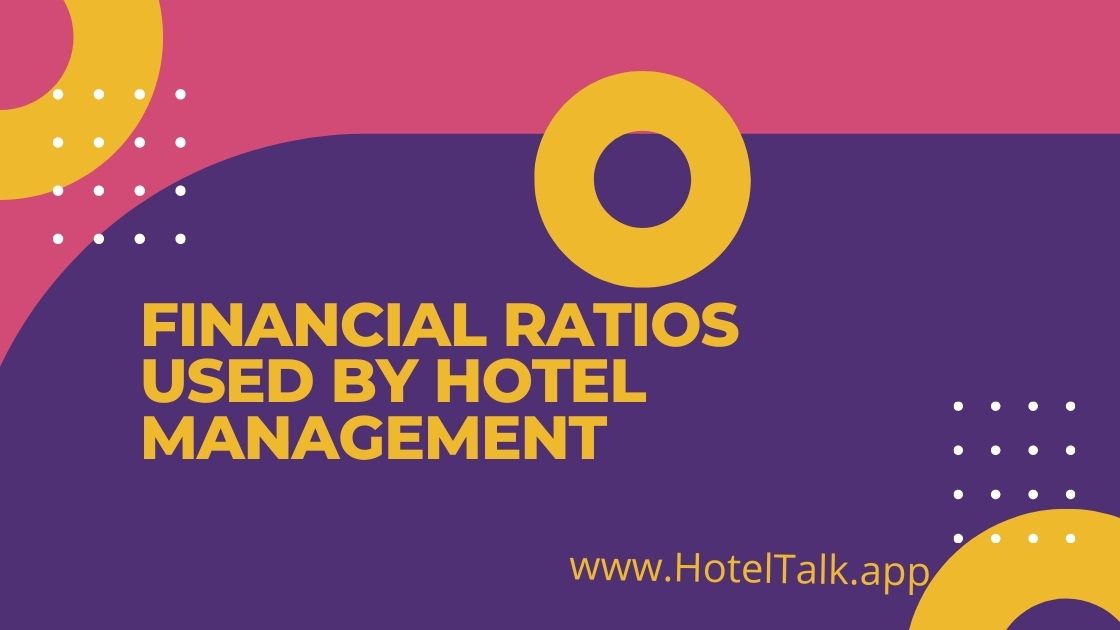Objectives
■ To learn how to maximize revenue and profit
■ To learn four ratios used by restaurant management
■ To learn some maintenance issues
■ To learn the types of accounting statements
■ To learn how to analyze financial statements
■ To learn how to calculate food & beverage costs
■ To learn how to make break-even analysis
■ To learn typical cost percentages for free-standing restaurants
Four Financial Ratios used by Management
■ Liquidity Ratios
- can organizations meet short-term commitments?
■ Solvency Ratios
- can organizations meet long-term commitments?
■ Activity Ratios
- how effective is mgmt in using its assets?
■ Profitability Ratios
- how profitable is the business?
Accounting Statements
■ Balance Sheet
- snapshot of the business at a single point in time
-assets, liabilities, owners equity - Assets – inventories, equipment, accounts receivable
■ Income Statement (P&L)
- Sales – Revenue
- Variable Costs- Controllable Costs
- Fixed Costs – Non-controllable Costs
Systematic Approach
■Start at the bottom working upward
- Profit
- Controllable Expenses
- Sales / Revenue
■Compare net income as a percentage of total revenue to standard.
- The comparison could be forecast, last-year’s figure, or industry average.
Analysis of Income Statement
■ Sales
- Are sales increasing or decreasing?
- Why is this happening?
- Is sales volume appropriate to the value, size, or investment of the business?
■ Activity Ratios
- average check
- seat turnover
- sales per square foot
Analysis of Income Statement
■ Expenses
- cost of food sales
- cost of beverage sales
- labor cost
- operating expenses – china and glassware, paper supplies, and cleaning chemicals
Analysis of Financial Success
■ Profit
- is it enough? _______
■ Operating ratio
net income before taxes / net sales
■ Net profit to net equity
net profit after taxes / net equity
■ Management proficiency ratio
net profit after taxes / total assets
Cost of Goods Percentage (food, beverage, merchandise)
■Opening inventory
■Purchases are added to opening inventory
■Subtract returns, spoilage, complimentary meals
■Subtract closing inventory
■Final number = cost of goods sold
Food Costs
■ Beginning Inventory + Purchases – Issues = Ending Inventory
Beginning Inventory + Purchases – Ending Inventory = Issues
■ Inventory Issued is the food cost
■ Food Cost Ratio = Food Cost/Food Sales
■ Typical food cost ratio is 28-32%
Labor & Beverage Costs
■ Labor Cost
- highest single expense in the food & beverage division*
- Rs amount of # employee hours/total restaurant revenue
■Beverage Cost (Pour Cost)
- beverage issues/beverage revenues
Contribution Margin
■The amount a menu item contributes to the gross profit
■Difference between the cost of item and its sales price
■Example:
- cost of chicken is 2.50
- selling price is 6.75
- contribution margin is 4.25
Typical Cost Percentages for Free-Standing Restaurants
■Labor costs 20 to 24%
■Food costs 28 to 32%
■Beverage costs 18 to 24%
